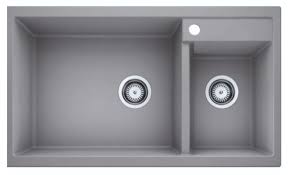Tips for Repairing Drywall
When assessing the extent of damage to a structure, it is imperative to conduct a thorough inspection of the affected areas. Look for any visible cracks, leaks, or discoloration that may indicate underlying issues. Pay close attention to any physical changes in the structure’s foundation, walls, or roof, as these can be indicators of structural damage.
In addition to visible signs of damage, it is important to also consider any unusual sounds or smells that may be present in the area. Squeaking floors, dripping water, or musty odors can suggest hidden damage that needs to be addressed. By being attentive to both visual and sensory cues, you can better identify the full scope of the damage and determine the necessary course of action.
Assessing the Tools Needed
Assessing the tools needed for a particular task is crucial for efficiency and effectiveness. Without the right tools, the job can become more challenging and time-consuming. It is essential to carefully consider the requirements of the task at hand in order to select the appropriate tools for the job.
Before beginning any project, take the time to identify the specific tools needed based on the nature of the task. Consider factors such as size, complexity, and any specific requirements that may impact the choice of tools. By doing so, you can ensure that you have the necessary equipment to complete the job successfully and with minimal setbacks.
How can I identify the damage to my tools?
You can identify the damage to your tools by inspecting them closely for any signs of wear, rust, cracks, or other issues that may affect their performance.
What are some common tools needed for assessing damage?
Some common tools needed for assessing damage include a flashlight, magnifying glass, measuring tape, and a set of precision tools.
How can I assess the tools needed for a particular task?
To assess the tools needed for a particular task, you should first determine the requirements of the task and then identify the tools that will help you complete it efficiently and effectively.
Should I replace damaged tools or try to repair them?
It depends on the extent of the damage and the cost of repairing versus replacing the tool. In general, it is usually more cost-effective to replace severely damaged tools rather than trying to repair them.






